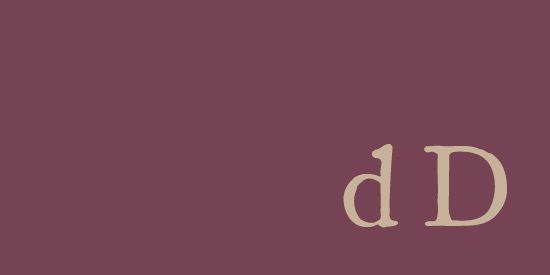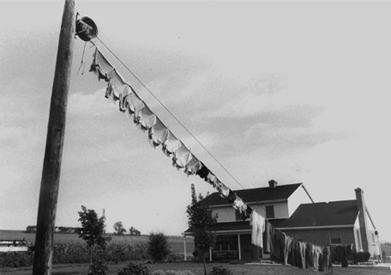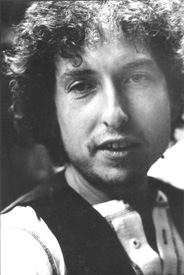design, DIA.LOGUE, Dryden, Dylan, &c.
dD
WHAT: D
WHEN: 1991
WHO: Un-Gyve Press
WHERE: Boston
DAGUERREOTYPE: Announced in France on January 9, 1839 by l'Académie des Sciences, the daguerreotype process, the first direct-positive photographic image production using silver-plated copper sensitized with fumes of iodine and developed in mercury vapors. Louis-Jacques-Mandé Daguerre refined the process out of his collaboration with Joseph Nicéphore Niépce. Daguerrotype became the preferred method of early photographers for the extreme precision of the first commercially successful photographic process. The photogravure process evolved out of efforts to duplicate daguerrotype images.
DELANTY: Selected Delanty, Edited by Archie Burnett
"A sense of vital, actual experience is in fact wonderfully sustained in Delanty’s verse in its notable linguistic energy, product of a distinctive fusion of a literary lexicon (even Latinate at times) with contemporary demotic, Cork argot, Irish language phrases, place names, craft cant and North American slang (baseball lingo in one poem, ‘Tagging the Stealer’). The language of his verse functions indeed as the verbal equivalent of the printer’s hellbox (subject of one of the finest of Delanty’s poems), which the poet tells us ‘was a container in which worn or broken type was thrown to be melted down and recast into new type’. For in Delanty’s work a world in constant transition (the ‘simultaneous going and comings of life’) is realized in a vocabulary and variegated tonal register that displays language itself in the process of being re-made."
— Terence Brown, “Greg Delanty and North America”, Agenda, 2008
Following upon his Guggenheim Fellowship, Agenda devoted its Summer/Autumn issue in 2008 to the celebration of Greg Delanty’s 50th birthday. In a sense it was a twain celebration, language being re-made and voice re-born by Atlantic Crossings.
Ulster people are British and Irish people are Irish, and never the twain shall meet.
An adaptation of
Oh, East is East, and West is West, and never the twain shall meet
— Rudyard Kipling, ‘Barrack-Room Ballads’ (1892).
But what, when the twain meet, of Greg Delanty and North America.
Daniel John Gregory Delanty was born in Cork City, Ireland in 1958 and lived in Cork until 1986. He obtained United States citizenship in 1992 while retaining his Irish citizenship, returning for three months of each year to his home in Derrynane, County Kerry. He lives most of the year in Vermont where he teaches at St. Michael’s College. Delanty attended University College Cork (UCC) where he edited the magazine Quarryman and published his first poems there and in The Cork Examiner. His books include Cast in the Fire (1986), Southward (1992), American Wake (1995), The Hellbox (1998), The Blind Stitch (2001), The Ship of Birth (2003), Collected Poems 1986 - 2006, The New Citizen Army (2010), and Loosestrife (2011). His latest collection The Greek Anthology, Book XVII (November 2012) is published by Carcanet. Delanty won the National Poetry Competition in 1999, and, in addition to the 2007 Guggenheim Fellowship, the poet is the recipient of numerous other awards including the Patrick Kavanagh Poetry Award (1983), the Allen Dowling Poetry Fellowship (1986), the Austin Clarke Centenary Poetry prize in 1996, the Wolfers-O’Neill Award (1996–97), an Arts Council of Ireland Bursary (1998–99), and an award from the Royal Literary Fund (1999). His poems have been widely anthologized.
Un-Gyve Press is pleased to be publishing this first Selected Delanty.
DESIGN: Architectural, epicurean, graphic, interior, industrial, and multi-media from The Un-Gyve Limited Group.
DECKLE: The deckle is a wooden form or frame used to dam the pulp slurry in the mould and control the sheet sizes in paper making by hand. In machine made paper, the deckle or deckle strap is a belt on either side of the wire to control the size of the sheet.
DECKLE EDGE: The natural feathering where the pulp slurry seeps under the deckle in forming a sheet of paper left uncut in traditional paper making for a true deckle edge. A deckle edge is also machine cut in modern paper making.
DIA.LOGUE interviews in the -logue.
DiBONA: From our Un-Gyve archives, Ol' Blue Eyes is Back, Dominic DiBona's original programme book for the Emmy nominated television show that followed Frank Sinatra's 1973 comeback album of the same name. Printed on the orange cloth cover, ol' blue eyes is back above an image of the famous eyes and below that Dominic DiBona. Inside the book are lyrics to all the songs performed along with stage directions.
DOMUS: Domus Design + Development: Domus: \dōm-us\ n: [Latin] dwelling.
DRYDEN: John Dryden, Burleigh House. Views of the Haunts and Homes of the British Poets, Oct. 19 1850.
DU: DISEGNO UNIVERSALE is an un-profit member of The Un-Gyve Limited Group with the mission to support art, culture, and tradition.
DUOGRAVURE: A photo-engraving process by which an image is made using two plates and double printing on a gravure press for richer tones and color.
DYLAN: Good design depends in good measure upon that which is left on the drawing-board floor. Amy Touchette praised the "artful sequencing" of the image pairs in Twosomes on Un-Gyve Press in her review for the ASMP Bulletin, “‘Twosomes’ is a playful, observant collection of thoughtfully paired black-and-white images .... it could probably charm even this season’s most deeply begrudged .... The sense that those who helped create this book really had you, the viewer, personally in mind is a real treat and a welcome counterbalance to today’s particularly challenging times.” Among the image pairs in outtake is this one of an Amish clothes-line stretched from the side of a house and Bob Dylan in 1971, a reference to "Clothes Line Saga". Chester said, "Well, just because" — but in the end we deemed this one too much "a stretch of the imagination" even for Twosomes.
Un-Gyve Limited designed The Lyrics. Since 1962 by the Nobel Prize in Literature Laureate Bob Dylan and the edition was co-edited by Un-Gyve Press Literary Advisor Christopher Ricks and its Publishers Julie Nemrow and Lisa Nemrow.
N.B. The alphabet swatch colour is Babe's Deep Purple from the Un-Gyve Palette.



